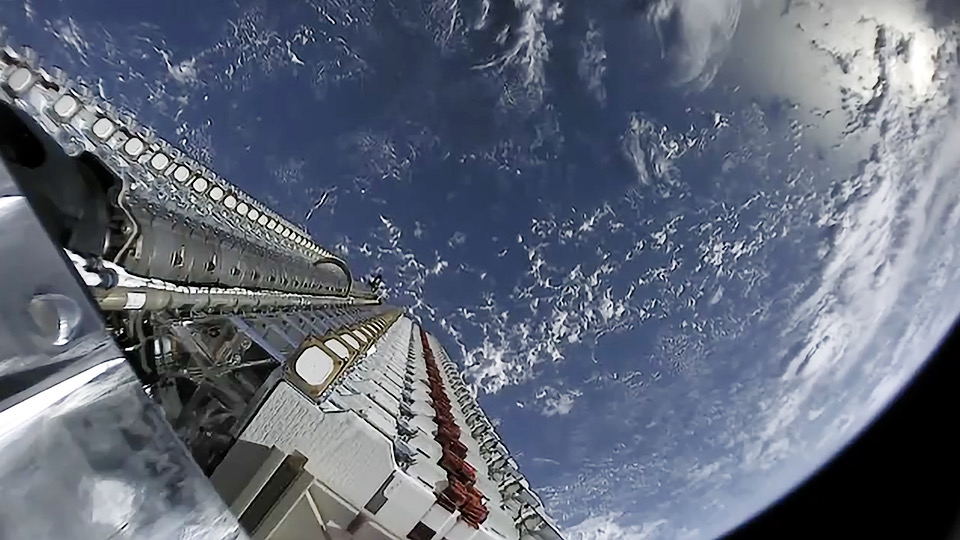'Whoa, It Worked': Elon Musk Tweets Via SpaceX's Starlink Satellites

SpaceX's nascent internet-satellite constellation is already providing some boutique service, according to Elon Musk.
Late last night (Oct. 21), SpaceX's billionaire founder and CEO said via Twitter that he was attempting to post something via Starlink, the orbiting network that the company began assembling this year. And 2 minutes later, he tweeted the result: "Whoa, it worked!!"
That's quite something, considering that Starlink is just a shell of its envisioned future self. SpaceX has approval to launch about 12,000 Starlink satellites and recently applied for permission to loft up to 30,000 more. But the company has launched just 60 of the craft to date, all of which rode to orbit this past May aboard a Falcon 9 rocket.
Related: SpaceX's 1st Starlink Megaconstellation Launch in Photos!
Whoa, it worked!!October 22, 2019
A number of additional such launches will be required before Starlink can beam data for the rest of us. SpaceX needs about 400 Starlink craft to provide "minor" coverage and 800 for "moderate" coverage, Musk said earlier this year.
SpaceX isn't the only company with internet-satellite plans. Amazon aims to launch more than 3,000 broadband craft of its own, and OneWeb launched the first six satellites of a 650-strong constellation earlier this year.
These networks will fundamentally change the Earth-orbiting population. There are just 2,000 or so operational satellites zipping around our planet at the moment, and fewer than 9,000 have been launched since the dawn of the space age in 1957.
Breaking space news, the latest updates on rocket launches, skywatching events and more!
Some astronomers have voiced concerns that the coming broadband satellites will affect their observations of cosmic objects. And other space stakeholders have stressed that we need to think hard about ways to mitigate the potential space-junk threat posed by these megaconstellations, and the many small satellites going up now, thanks to a dramatic drop in the cost of access to space.
- See the Evolution of SpaceX's Rockets in Pictures
- SpaceX Launches 60 Starlink Satellites on Thrice-Flown Rocket, Sticks Landing
- Elon Musk: Private Space Entrepreneur
Mike Wall's book about the search for alien life, "Out There" (Grand Central Publishing, 2018; illustrated by Karl Tate), is out now. Follow him on Twitter @michaeldwall. Follow us on Twitter @Spacedotcom or Facebook.

Michael Wall is a Senior Space Writer with Space.com and joined the team in 2010. He primarily covers exoplanets, spaceflight and military space, but has been known to dabble in the space art beat. His book about the search for alien life, "Out There," was published on Nov. 13, 2018. Before becoming a science writer, Michael worked as a herpetologist and wildlife biologist. He has a Ph.D. in evolutionary biology from the University of Sydney, Australia, a bachelor's degree from the University of Arizona, and a graduate certificate in science writing from the University of California, Santa Cruz. To find out what his latest project is, you can follow Michael on Twitter.
